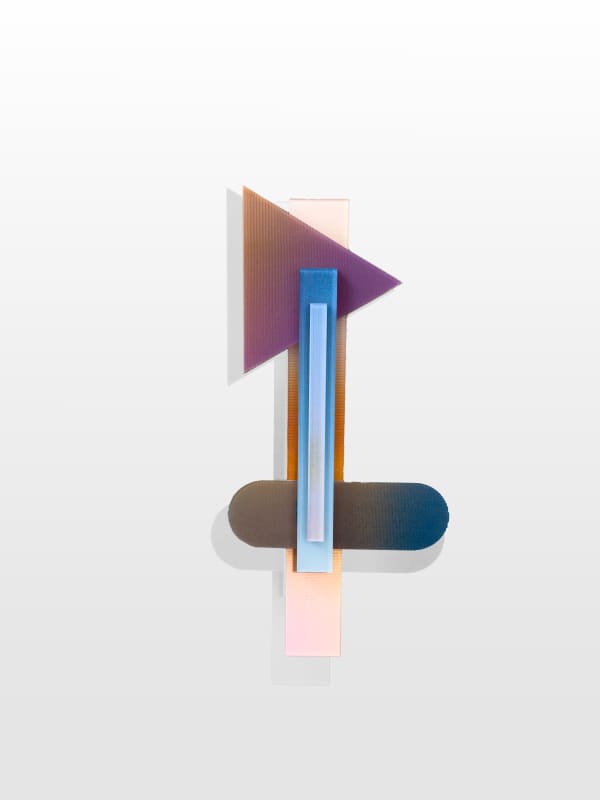Since 2014, each work in the Radiance series has aimed to create an archive of the colors of light. Taking the form of inventories on lenticular supports, these studies of light are conducted within a specific location: in northern France in 2013, in Iceland in 2016, in Morocco in 2019, and in Beijing in 2020, where the artist held his first solo exhibition in Asia. The photographs for Radiance #8 (2022) were taken in Finistère, on the Crozon Peninsula, and those for Radiance #9 (2024) in Goa, India, during the national photographic commission IMAGE 3.0, of which he was one of the laureates. When brought together, the six works produced to date highlight the uniqueness of luminous phenomena and the perceptual contrasts between these geographic zones — from the Far North to Africa, from Europe to Asia.
At sunrise and sunset—two key moments of the day marked by chromatic variations in light—Mustapha Azeroual photographs the same landscape using a large-format camera. He makes several exposures on the same sheet of film, negatives that he later assembles digitally. Through this process of double superimposition, the landscape is transformed into an abstract form, reduced to a single horizon line. From this synthesis, the artist selects between three and five images, which he transfers onto a single lenticular surface—a technical process that, when combined with movement, allows for sequential viewing. Each movement of the viewer reenacts the natural cycle of light, from dawn to dusk. In a uniquely intimate relationship with the work, two people standing side by side can never perceive the same nuances.
In this way, Radiance transcends the notion of the photographic instant—traditionally associated with the single image—to embrace the idea of sequence and movement. It offers an experience of time that Azeroual merges with an experience of light as a synthesis of colors. Like the acme of light at dawn and twilight, Radiance approaches pure sensation: an image-experience infinitely stretched in time.

